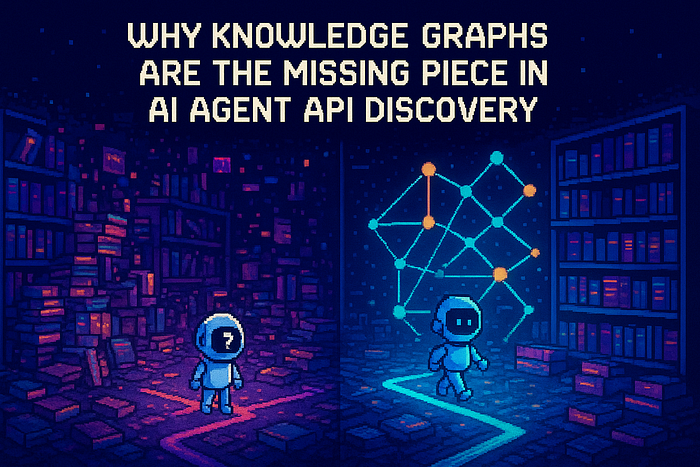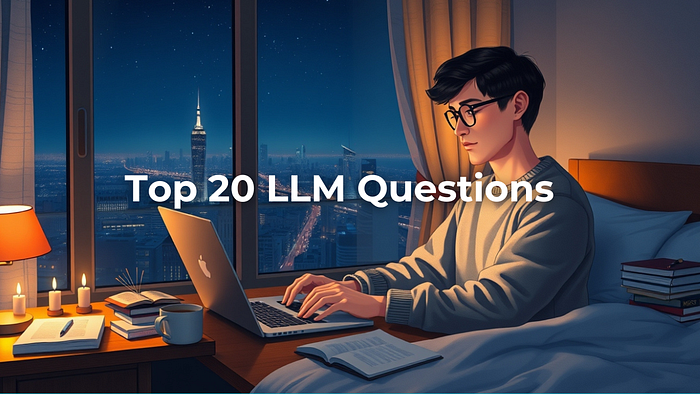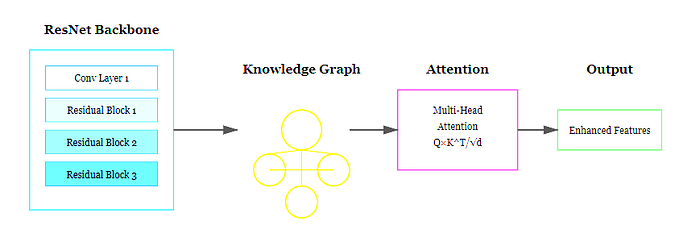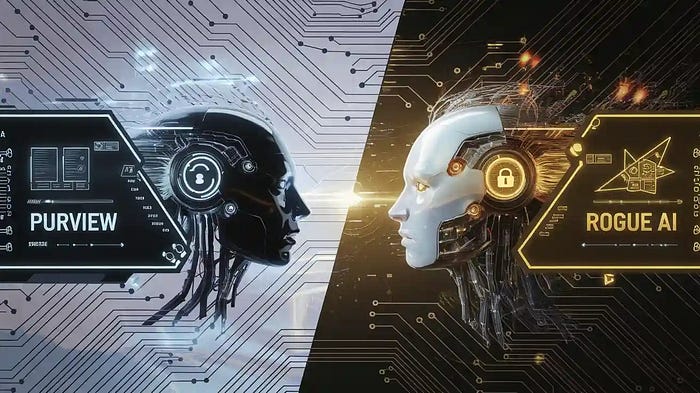
RAG vs Fine-Tuning for Enterprise LLMs
Last Updated on February 17, 2025 by Editorial Team
Author(s): Paul Ferguson, Ph.D.
Originally published on Towards AI.

As the use of large language models (LLMs) grows within businesses, to automate tasks, analyse data, and engage with customers; adapting these models to specific needs (e.g., responding to support queries with current policies or analyzing legal documents with custom terms) is increasingly important, and with it, the need to plan accordingly.
Two approaches prevail in this space:
- Fine-tuning, which adjusts the model’s core knowledge
- Retrieval-Augmented Generation (RAG), which incorporates data in the response
Each method has its advantages, disadvantages, and tradeoffs, but the choice is not always obvious
This guide provides a step-by-step framework for technical leaders and their teams to:
- Understand how RAG and fine-tuning work in plain terms
- Choose the approach that best fits their data, budget, and goals
- Avoid common implementation pitfalls: poor chunking strategies, data drift, and others
- Combine both methods for complex use cases
Understanding the Core Techniques
Fine-Tuning
Fine-tuning is a technique of adjusting the parameters of a pre-trained LLM to specific tasks using domain-specific datasets
- This ensures that the model is well-suited for that specific task (e.g., legal document review)
It excels in tasks that require specialised terminologies or brand-specific responses but needs a lot of computational resources and may become obsolete with new data.
For instance, a medical LLM fine-tuned on clinical notes can make more accurate recommendations because it understands niche medical terminology.

Within the fine-tuning architecture we’ve included both:
- In green, the steps to generate the fine-tuned LLM
- In red, the steps to query the model
Note: within the query section, we’ve labelled the system responsible for controlling/co-ordinating the query and response an “intelligent system”: this is just a general name for illustration purposes. Within enterprise systems there are many different variations that can exist within this “intelligent system”, which themselves may include AI agents, or other LLMs to provide more sophisticated functionality.
Retrieval-Augmented Generation (RAG)
RAG enhances LLMs by fetching additional information from external sources during inference to improve the response. It combines the user’s query with other relevant information to ensure the accuracy of the response (potentially incorporating “live” data).
Some of its key advantages include:
- Less hallucinations since the model is forced to rely on actual data;
- Transparent (it cites sources);
- Easy to adapt to changing data environment without modifying the model.
Example: A customer support chatbot using RAG can fetch the real time policy from internal databases to answer the queries accurately.

Again, we’ve coloured-coded the architecture:
- Green, denotes the pre-query aspects of the system: associated with indexing the documents
- Red, identifies the steps that are executed at query time
From examining the two architectures of fine-tuning vs RAG, we can see a number of key differences, one of the most striking is the overall complexity of the RAG system: but we should be careful not to lose sight of the complexity associated with the fine-tuning step in fine-tuning
- Although it is only represented by one step in the architecture, it is still a complex and potentially costly process
- It also requires careful preparation of the custom data, as well as correct monitoring of the fine-tuning to ensure that the “learns” the desired information
However, one key aspect related to the RAG complexity is that at query time there is a lot more work being done by the RAG system: this will naturally result in longer query times.
Key Decision Factors
When selecting between RAG and fine-tuning, consider these factors:

Note: in certain circumstances, a “Hybrid” Approach is needed (which we discuss below)
Common Challenges and Solutions
RAG Challenges
1. Chunking Issues
- Problem: The poor chunk size leads to incomplete context or irrelevant document retrieval.
- Solution: Use overlapping chunks (e.g., 25% token overlap) or semantic splitting at logical segments (sentences or paragraphs).
2. Retrieval Quality
- Problem: Overreliance on vector similarity missing keyword critical matches.
- Solution: Combine vector embeddings with keyword based BM25 scoring for hybrid search.
3. Response Consistency
- Problem: Noisy retrieved contexts lead to varying output.
- Solution: Create structured prompt templates that enforce source citation and output format.
Fine-Tuning Challenges
- Catastrophic Forgetting
- Problem: Models lose general knowledge in the process of domain adaptation.
- Solution: Use parameter efficient methods like Low Rank Adaptation (LORA) with Bayesian regularisation to preserve the overall capability.
2. Data Quality
- Problem: Biased or outdated training data affects the output.
- Solution: Build a validation pipeline with domain experts and automate checks for the dataset (e.g., balance, outliers).
3. Version Control
- Problem: Managing model iterations is prone to error.
- Solution: Keep a model lineage registry (with tools like Hugging Face Model Hub) and document hyperparameters and training data.
Implementation Best Practices
RAG Implementation
- Data Pipeline Design: Use semantic search in vector databases like Pinecone and chunk documents to achieve relevance efficiency.
- Evaluation: Set up an automated testing framework like Ragas to assess the accuracy of responses and how well they are grounded in the data.
- Security: Secure sensitive data with access control (role-based) and metadata.
Fine-Tuning Implementation
- Data Preparation: Use large, properly labelled datasets (>10,000 examples) to build the model and reduce the risk of overfitting.
- Parameter Efficiency: Use LoRA to reduce computational costs while retaining the general capabilities of the model.
- Validation: Check the output against domain experts to ensure that it meets the requirements of the task.
Hybrid Approach: RAFT
RAFT (Retrieval-Augmented Fine-Tuning) combines the best of both worlds by integrating RAG with fine-tuning to create models that excel at knowledge-based tasks (e.g., legal and healthcare domains are some of the most common industries for hybrid approaches, due to their need for domain specialisation as well as requiring highly accurate, and traceable results).
In terms of the RAFT architecture, this involves a straightforward combination of the two architectures already illustrated:
- Firslty creating a fine-tuned LLM
- Then integrating the fine-tuned LLM (instead of a pre-trained LLM) into the RAG architecture
Key Components
- Training Data Design: Select a set of “oracle” documents that contain correct answers and a set of distractor documents that contain irrelevant information to teach the model to focus on credible sources.
- Training Process: Fine-tune the model to explicitly refer to the retrieved passages and to reduce the chance of hallucinations using techniques like chain of thought prompting.
Implementation Steps:
- Index domain documents (e.g., policy updates).
- Create synthetic QA pairs with oracle and distractor contexts marked.
- Fine-tune using LoRA to preserve the general ability to generate text while adapting to new data.
Benefits
- Reduced Hallucination: Basing responses on verified sources.
- Domain Adaptation: Outperforms other methods in dynamic, specialised environments.
Key Takeaways & Conclusion

The key to successful deployment of enterprise LLMs depends on aligning the strategy with operational realities:
- RAG vs. Fine-Tuning: Use RAG for transparent solutions with dynamic data (e.g., customer-facing chatbots). Fine-tune when deep domain customisation is needed (e.g., healthcare).
- Hybrid Strategies: Some examples of hybrid approaches include RAFT or RoG (Reasoning on Graphs) for combining real-time retrieval with domain expertise for tasks like building a legal compliance tool.
- Continuous Evaluation: Periodically check the retrieval accuracy (using tools like Ragas) and model outputs to prevent drift or hallucinations.
No single approach fits all, but understanding these principles ensures your LLM investments deliver scalable, accurate results.
If you’d like to find out more about me, please check out www.paulferguson.me, or connect with me on LinkedIn.
Join thousands of data leaders on the AI newsletter. Join over 80,000 subscribers and keep up to date with the latest developments in AI. From research to projects and ideas. If you are building an AI startup, an AI-related product, or a service, we invite you to consider becoming a sponsor.
Published via Towards AI
Take our 90+ lesson From Beginner to Advanced LLM Developer Certification: From choosing a project to deploying a working product this is the most comprehensive and practical LLM course out there!
Towards AI has published Building LLMs for Production—our 470+ page guide to mastering LLMs with practical projects and expert insights!

Discover Your Dream AI Career at Towards AI Jobs
Towards AI has built a jobs board tailored specifically to Machine Learning and Data Science Jobs and Skills. Our software searches for live AI jobs each hour, labels and categorises them and makes them easily searchable. Explore over 40,000 live jobs today with Towards AI Jobs!
Note: Content contains the views of the contributing authors and not Towards AI.














